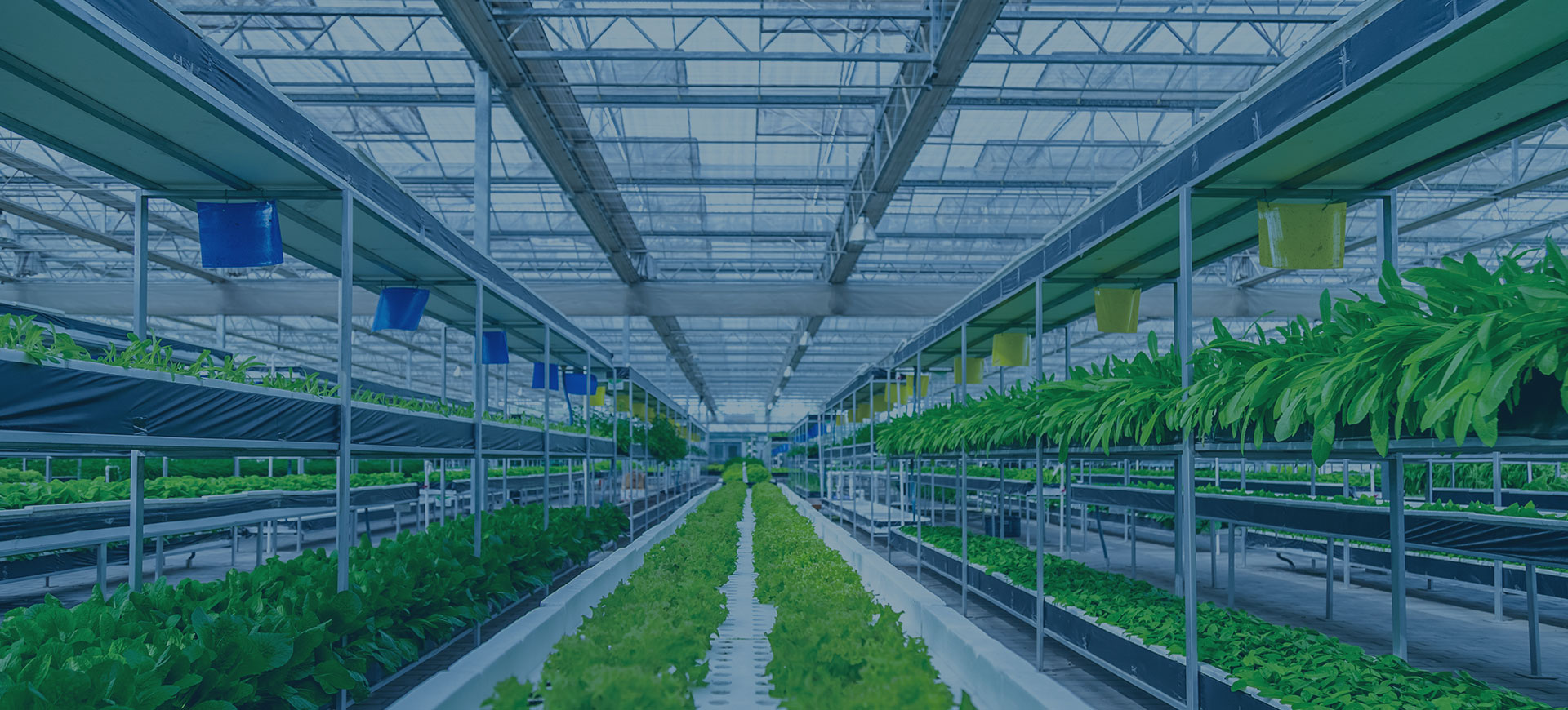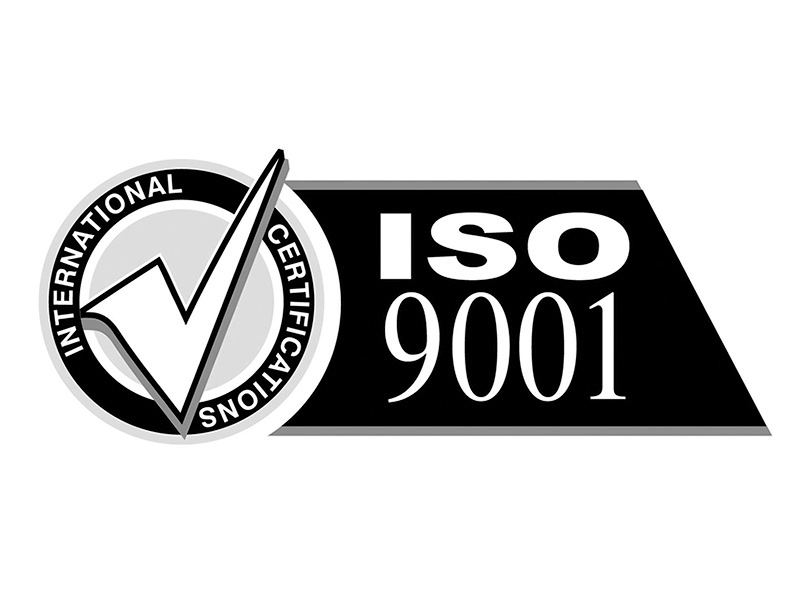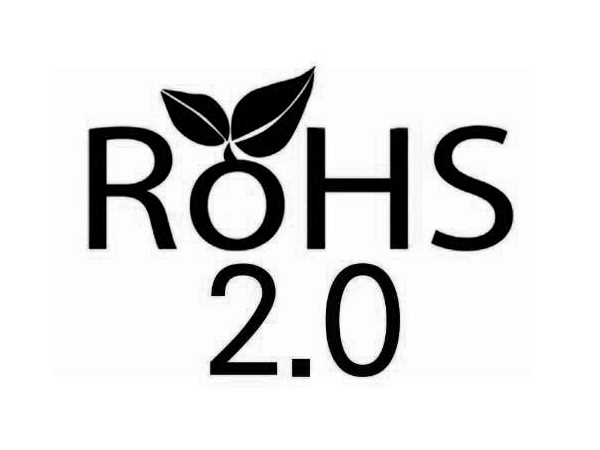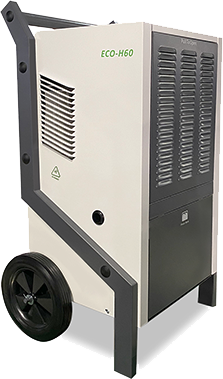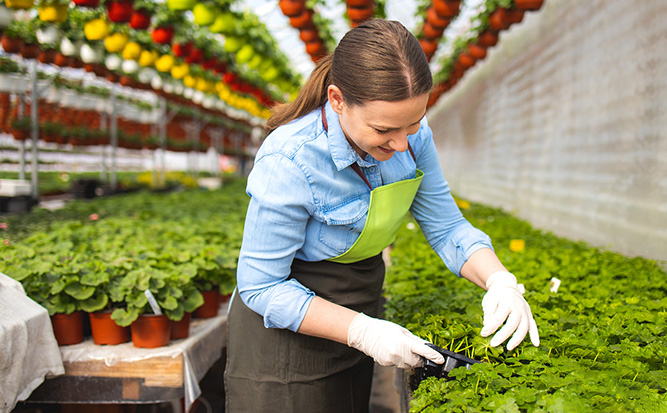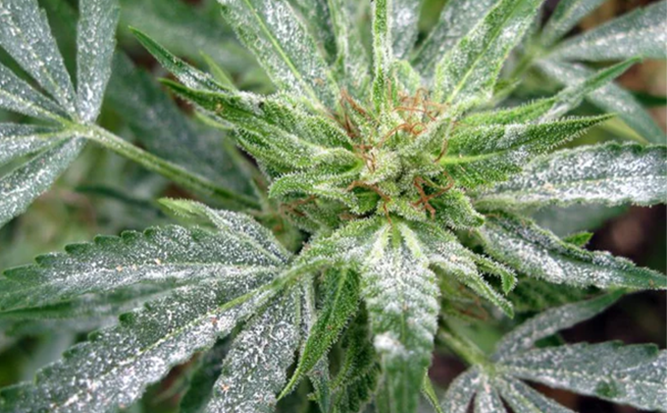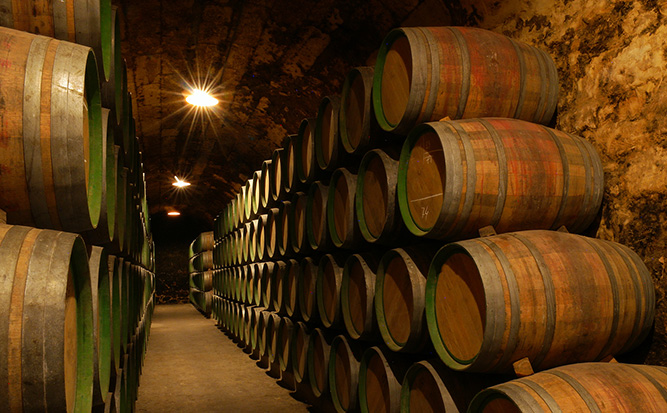Powdery Mildew
Powdery mildew is a plant disease caused by fungi, which easily breeds in warm, humid, and poorly ventilated environments. The specific reasons are as follows:
High humidity promotes spore germination: Spores of powdery mildew bacteria are prone to germination when the relative humidity is above 60%, especially in the range of RH 70% -90%, with the highest risk.
Large humidity fluctuations: High humidity at night and decreasing humidity during the day provide the "optimal growth rhythm" for bacteria.
Poor ventilation: Slow air flow leads to the accumulation of moisture, making the leaves not dry and increasing the risk of diseases.
Common symptoms of powdery mildew
A white powder resembling flour appears on the leaves.
Leaves turn yellow, dry, and deformed.
Plant growth slows down, and yield decreases.
In severe cases, the buds can be infected.
How to prevent powdery mildew?
1. Control humidity
During the flowering period, it is safer to control the humidity at 40% -50%.
During the growth period, it can be controlled at 55% -65%, but ventilation should be taken into account.
2. Enhance air circulation
Use a circulating fan to keep the air flowing and prevent moisture from staying.
The exhaust system should be efficient and timely discharge humid air.
3. Use dehumidification equipment
Install commercial dehumidifiers to quickly reduce humidity in the planting area.
It can be automatically adjusted in conjunction with a humidity controller (such as TrolMaster).
4. Reasonable and dense planting
Maintain plant spacing, avoid excessive density, and reduce moisture accumulation between leaves.
5. Regular inspection and handling
Remove and destroy the diseased leaves immediately upon discovery.
Use organic antifungal sprays (such as Neem oil, sulfur sprays) to prevent transmission.
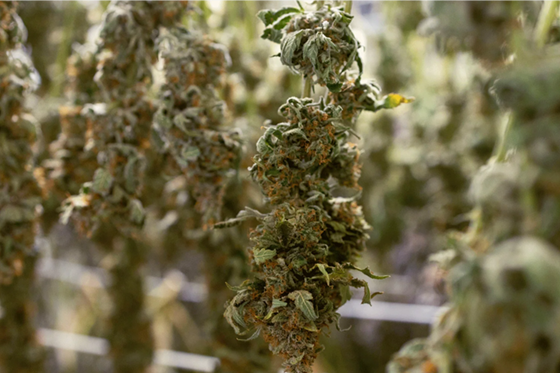 What Temperature to Dry WeedFor drying cannabis, temperature control is critical to preserve cannabinoids, terpenes, and overall flower quality.2025-12-17View More
What Temperature to Dry WeedFor drying cannabis, temperature control is critical to preserve cannabinoids, terpenes, and overall flower quality.2025-12-17View More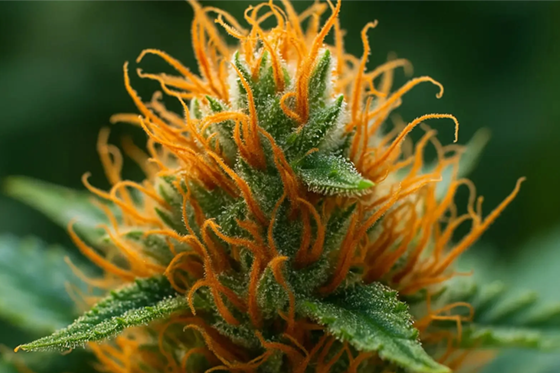 What Is Weed with Orange Hairs?Weed with orange hairs—often called “orange pistils”—is simply cannabis where the flower’s tiny hair-like structures have turned a bright orange, red, or amber color.2025-12-09View More
What Is Weed with Orange Hairs?Weed with orange hairs—often called “orange pistils”—is simply cannabis where the flower’s tiny hair-like structures have turned a bright orange, red, or amber color.2025-12-09View More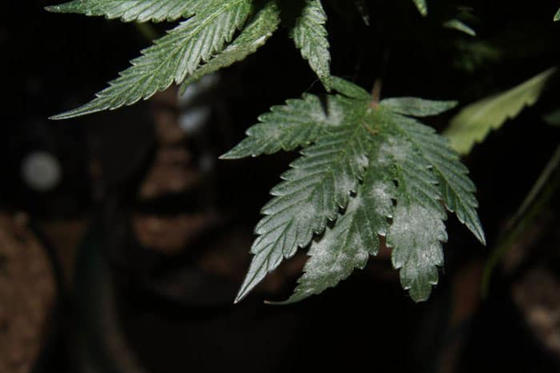 White Spots on Pot Plant LeavesTo identify the cause correctly, look at the pattern, texture, and location of the spots. Here is a detailed guide to the most likely causes and how to fix them.2025-12-03View More
White Spots on Pot Plant LeavesTo identify the cause correctly, look at the pattern, texture, and location of the spots. Here is a detailed guide to the most likely causes and how to fix them.2025-12-03View More Hangzhou Hongtai Electrical Appliance Co., Ltd.
Hangzhou Hongtai Electrical Appliance Co., Ltd.
 info@seedmaxtech.com
info@seedmaxtech.com


